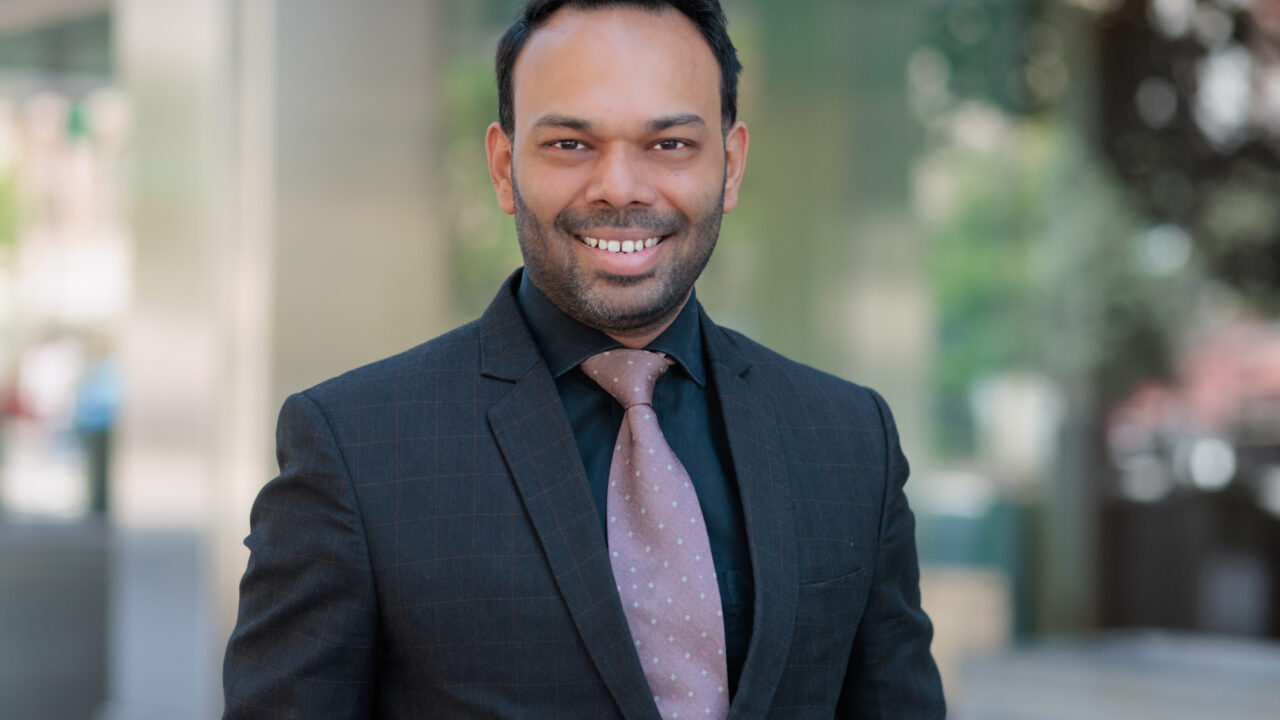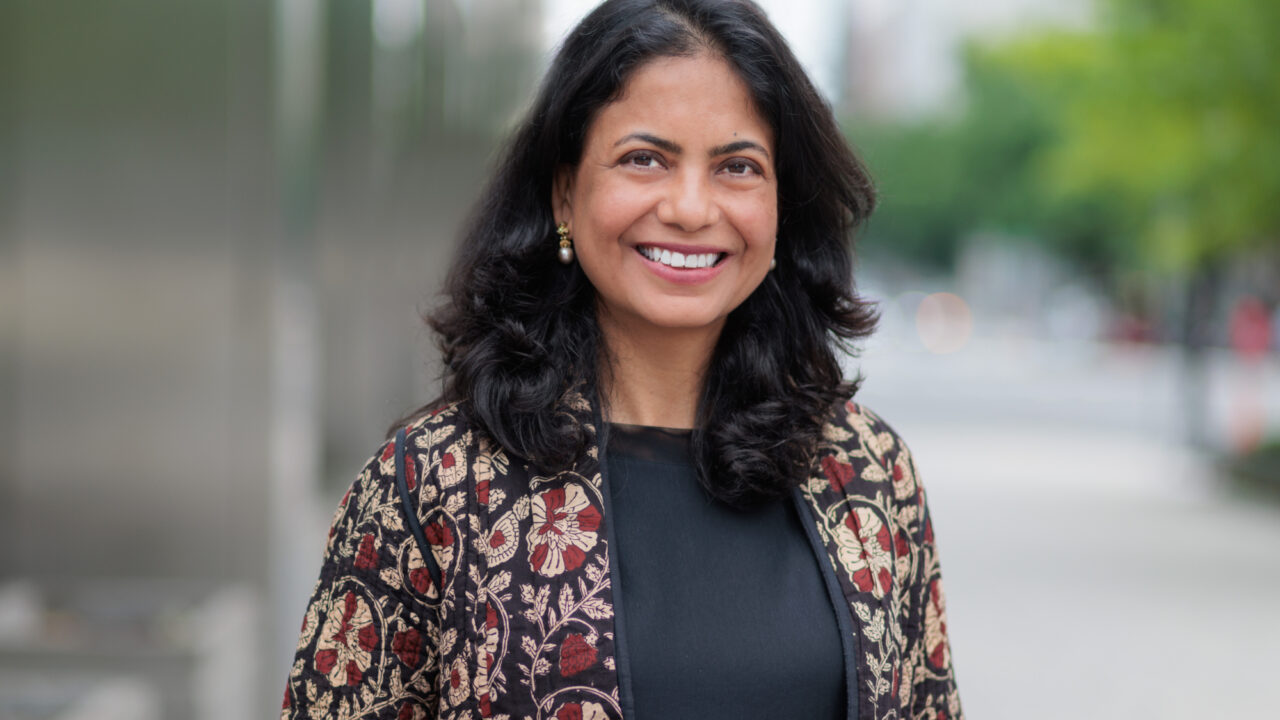For many years, Evidence Action’s Dispensers for Safe Water program has provided over 4 million people in rural Kenya, Uganda, and Malawi with free and reliable access to safe drinking water.
Today, we are poised to more than double the reach of the program to a total of 9 million people by 2023, through a remarkable new investment of up to $64.7 million.
Dispensers for Safe Water is a demonstrably effective – and cost-effective – solution to the challenge of safe water in poor, rural areas; we deliver a year’s worth of safe water access for less than $1.50 per person. Underpinned by rigorous research by Nobel Laureate Michael Kremer and colleagues from Harvard University and UC Berkeley, our model leverages human-centric design principles and insights from behavioral economics. With a keen focus on continuous process innovations and real-time performance improvements, the program achieves adoption rates that are over five times higher than comparable interventions such as individually packaged chlorine. This is driven in part by deep community engagement and an effective last-mile distribution network.
Safe water is critical in saving young lives; a recent meta-analysis by Michael Kremer, Stanford professor Stephen Luby*, Brandon Tan, Ricardo Maartens, and Witold Więcek shows that water treatment reduces the odds of mortality of children under five, from all causes, by around 25%. As part of their analysis, Kremer and colleagues also looked at implementation data from Dispensers for Safe Water; they estimate the program is over 45 times more cost-effective than the WHO’s “highly cost-effective” threshold. This puts water treatment in similar company to micronutrient interventions, insecticide-treated bednets to prevent malaria, and routine childhood vaccinations in terms of its impact on child health.
Meanwhile, the global need for safe water is enormous, yet largely unmet. Over 2 billion people lack access to safely managed drinking water, and unsafe water is responsible for more than 1.2 million deaths each year. It’s the most common cause of diarrhea, which is in turn the world’s second-leading cause of child mortality.
Against the scope of this need, our ambitions to scale Dispensers for Safe Water have been great. However, as we find with many of the donor-neglected areas in which we operate, funding has been the primary constraint to growth. Excitingly, this significant new investment – recommended by GiveWell, an independent charity evaluator, and funded by Open Philanthropy – will enable us to more than double our footprint by 2023 and reach a total of 9 million people. This will see us providing over 10% of Uganda’s population, and over 15% of Malawi’s, with access to safe water. We will also continue to serve over 2 million people in Kenya.
“Randomized evaluations of water treatment usually have big enough samples to pick up effects on water but not mortality, so most of the existing evidence is non-experimental or focuses on diarrhea rather than mortality,” says Kremer. “As such, water treatment is often not included on lists of evidence-backed child survival interventions, and health funding is typically not used to deliver water treatment at scale.”
“We combined 15 randomized controlled trials conducted in low- and middle-income countries between 1970 and 2020 to get a sample big enough to measure effects on child mortality. Our estimates imply that water treatment is one of the most cost-effective ways to improve child survival. This suggests that policymakers aiming to improve child health should seriously consider water treatment.”
Neil Buddy Shah, GiveWell’s Managing Director, shares this optimism. “Evidence Action has been an outstanding partner of GiveWell’s for many years. The new evidence on water treatment has been foundational to our analysis for this grant, and we’re excited for the opportunity to help scale up the Dispensers for Safe Water program. We estimate Dispensers for Safe Water is as cost-effective as our top charities in saving lives, and we expect it will contribute real impact in a neglected area of global health.” (Read GiveWell’s take here.)
“Evidence Action exists to translate rigorous research into at-scale solutions that measurably improve hundreds of millions of lives,” says Paul Byatta, Evidence Action’s Senior Director in the Africa region. “We’re energized by GiveWell’s investment and the growth this enables. We’re mobilizing our dedicated staff, existing networks, and supply chain to rapidly scale and measurably benefit millions of people.”
We extend our profound thanks to the generous donors who have supported us to deliver the remarkable results, year on year, that have seen us arrive at this exciting juncture, and to the tens of thousands of community volunteers without whom none of this would be possible. We also gratefully acknowledge the important role of Innovations for Poverty Action in incubating the program and setting it on the path to scale.
At the same time there is much more to do: hundreds of millions of children worldwide still lack access to safe drinking water. We are committed to rapidly scaling Dispensers for Safe Water and next-generation interventions such as in-line chlorination, and to developing additional evidence-based, cost-effective safe water interventions to improve the health of families and save the lives of young children.
* Professor Luby is also a member of Evidence Action’s Board of Advisors.
Additional information:
Carlita Bevege
Senior Manager, External Relations
[email protected]



